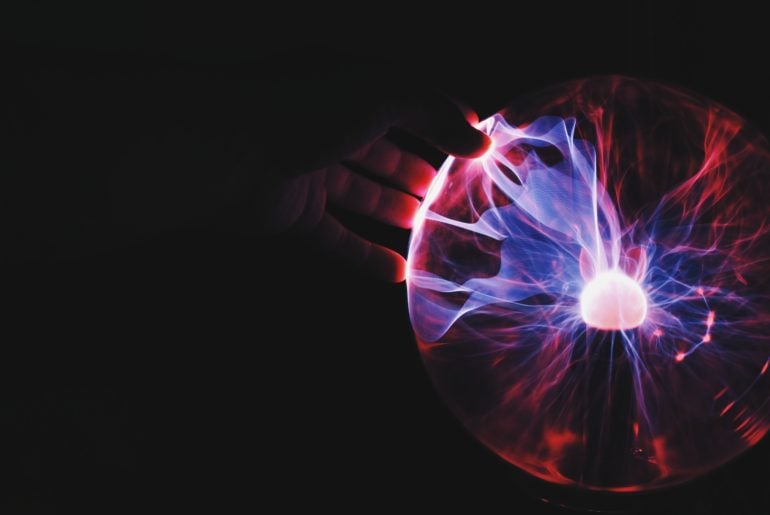The recent judgment of the High Court of England and Wales in the DABUS case ([2020] EWHC 2412 (Pat)) has made one thing abundantly clear. For now at least, an AI machine cannot be construed as an inventor within the meaning of the Patents Act 1977. However, this arguably raises more questions than it answers. Is it time, in light of the increased advent of AI in technological development, that this position is reviewed?
The context of the High Court’s judgment is that it upholds the decision of the UK IPO, which ruled that the applicant, Dr Stephen Taylor, could not legitimately register his AI creation, DABUS, as the inventor for the purposes of two patents. Mr Justice Marcus Smith rejected Dr Taylor’s arguments on the grounds that the Act, in its definition of inventor, clearly envisages that an inventor must be a natural person – which DABUS is not. Interestingly, while Mr Justice Marcus Smith made this definitive ruling, he stressed “that nothing in this analysis should be taken to suggest that DABUS is not itself capable of an inventive concept” and also emphasised that whether the owner/controller of an inventive AI machine could be said to be the inventor is still an open question (Dr Thaler expressly declined to advance that submission on the basis that he would “illegitimately be taking credit for an invention that was not his”, and also that he considered it bad in law). This eludes to the overarching question as to whether, as a matter of policy, the law’s perspective on AI machines as inventors ought to be reconsidered.
It’s important to consider this issue in light of recent prevailing thought. On 7 September 2020, the UK IPO released a call for views on the position of AI within UK patent law. The questions posed outline a number of differing perspectives that need to be considered in view of the law’s development. One of the more central aspects of this is consideration of the extent to which AI is human driven. At what point does AI cease to be merely a tool for our inventions, and instead begin to be seen as a separate entity creating new inventions of its own accord? Similarly, how can the concept of the skilled person be rationalised with the use of complex algorithms and a reluctance to disclose them? It’s evident that Mr Justice Marcus Smith’s elusion is accurate – where the UK law currently positions itself does not translate into an AI-friendly approach to patent law, and AI’s future role will be heavily policy driven. Ultimately, this may come down to the role legislators wish patent law to play in technological advancement. While leaving patent law free from the potential confusion the addition of AI brings might procure more clarity, it may also inhibit future research efforts by forcing those at the forefront of AI to continue to rely on trade secrets to protect their IP.
Whilst the DABUS judgment raises questions about AI from the perspective of UK patent law, the issue is much more wide ranging. Dr Taylor’s applications were also rejected by both the EPO and US PTO on the same grounds – that an AI machine cannot be considered a natural person. The WIPO has similarly been leading a “Conversation on IP and AI,” discussing similar issues to those posed by DABUS itself. Clearly, as AI develops and becomes more technologically advanced, whether an AI machine can be an inventor and the associated considerations that go with it will become more and more of a global question that the worldwide patent community as a whole will have to address.



